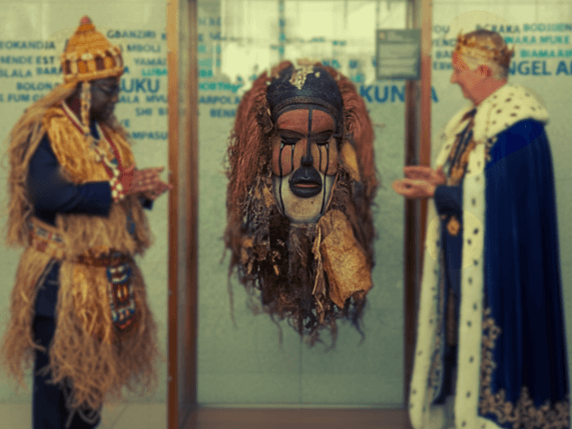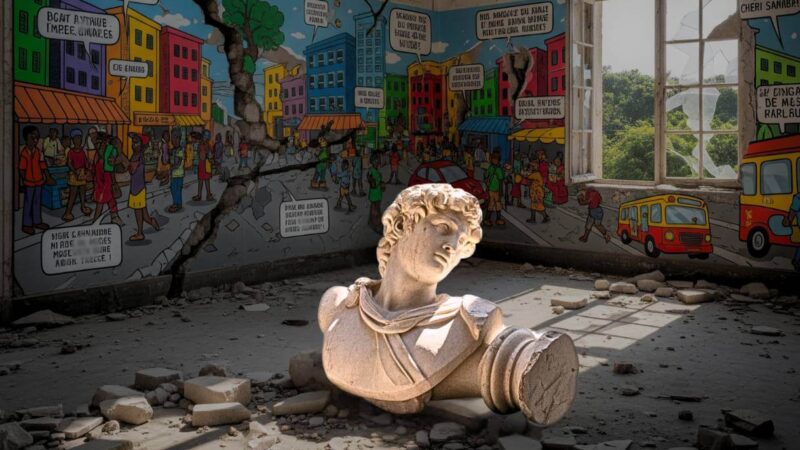Crime Scenes with Gift Shops: The Theatre of Colonial Restitution
Once upon a time, a Belgian king returned a sacred Congolese mask to its homeland. The cameras rolled, the speeches flowed, and everyone pretended not to notice the punchline: the mask was only on loan. Belgium still owns it.
This is the fairy tale Europe tells itself about colonial restitution. A bedtime story where thieves become guardians, where “indefinite loan” means justice, where museums with millions of stolen objects celebrate returning one. During the same visit, the King even promised to return Lumumba’s tooth. They’d dissolved the rest of him in acid but kept the tooth for sixty years. Another souvenir. Another ceremony. Another performance.
Welcome to the grand theater of colonial restitution, where every gesture is designed to look like justice while preventing it. Where the dragon still hoards the gold but has learned to call it preservation.



